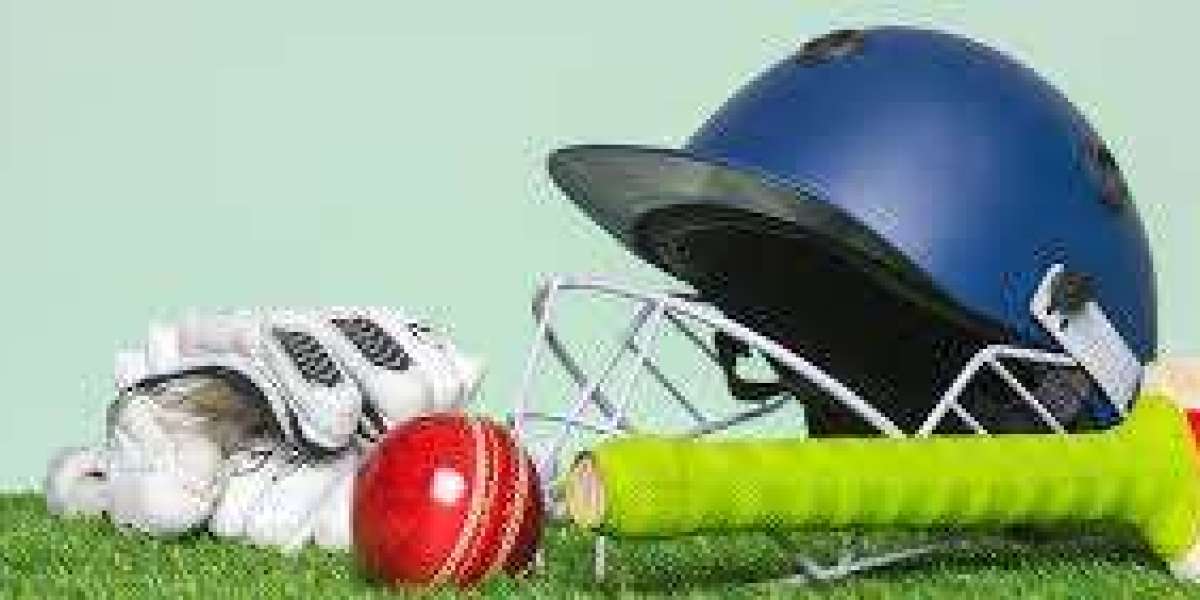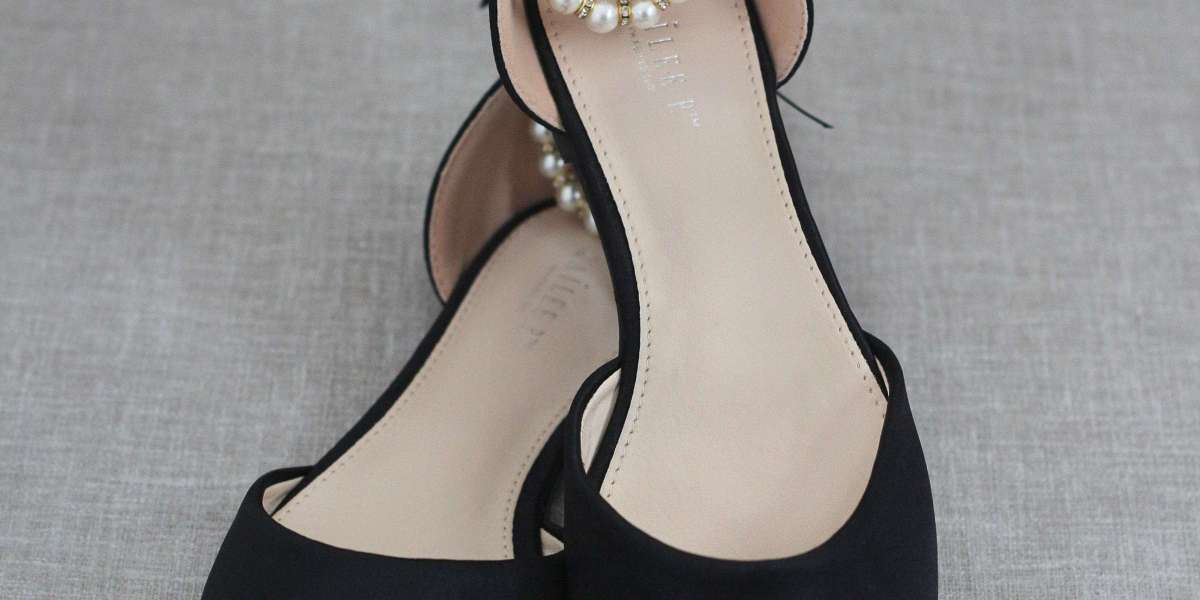1. Why Choosing the Right Cricket Equipment Matters More Than Ever
Cricket has grown into one of the most technical and gear-dependent sports in the world. From local tape-ball matches to the ICC World Cup, success on the field is closely tied to the quality of equipment used. While raw talent plays a huge role, modern cricket demands precision in everything from the bat’s balance to the helmet’s construction. Players often rely on established brands like Gray-Nicolls, SS (Sareen Sports), and Kookaburra to supply gear that enhances performance without compromising safety. Equipment is no longer just a tool—it’s part of a cricketer’s identity and performance toolkit.
2. Cricket Bats: Choosing the Right Willow, Weight, and Brand
The cricket bat is the centerpiece of a batter’s game, and selecting the right one can make or break performance. Today’s bats are crafted with either English willow—known for its lightweight and responsiveness—or Kashmir willow, which offers more durability at a lower cost. Top brands such as GM (Gunn & Moore), MRF, and New Balance offer multiple grades of willow to suit every playing level. For example, Gray-Nicolls’ Legend series bats are revered among professionals, while SS Ton bats are favored by many international and domestic players for their explosive hitting power. Features like edge thickness, toe shape, and handle grip can all be customized, and leading players often have bats made to their specific specifications.
3. Cricket Balls: Construction, Brands, and Match Impact
Though it seems like a simple sphere, the cricket ball is one of the most influential elements of the game. Balls come in red, white, or pink varieties depending on the match format, and each color behaves differently in terms of swing, seam, and wear. The construction of a cricket ball typically includes a cork core wound with yarn and covered with dyed leather. Brands such as SG (Sanspareils Greenlands), Kookaburra, and Dukes produce high-quality balls. SG Test balls are widely used in India for domestic and international games, while Kookaburra balls dominate Australian and South African pitches. The ball’s seam, hardness, and lacquer all determine how it behaves off the pitch—whether swinging, skidding, or reversing late in the innings.
4. Protective Gear: Helmets, Pads, and the Importance of Fit
As bowlers now routinely hit speeds of over 150 km/h, protective gear has become indispensable. Brands like Masuri, Shrey, and Moonwalkr specialize in high-impact protection. Modern helmets feature lightweight polycarbonate shells with reinforced titanium or stainless steel grills to prevent facial injuries. Pads and gloves are crafted with multiple layers of high-density foam and reinforced fiber inserts. Shrey’s Master Class helmet is considered one of the safest in the world, while Moonwalkr’s chest and arm guards are built for flexibility and shock absorption. Gloves from New Balance or Puma offer padded protection for fingers and palms while preserving grip and control over the bat. Investing in trusted brands ensures that protection doesn’t come at the cost of mobility or comfort.
5. Footwear in Cricket: Brands That Offer Grip, Comfort, and Endurance
Cricket shoes play a huge role in ensuring stability during high-speed movements, especially for quick bowlers and fielders. Spikes provide traction, while cushioned soles support long hours on the field. Adidas, Asics, and Puma dominate this segment with models designed for specific roles. Adidas Adipower Vector is a go-to for quick bowlers, offering ankle support and toe reinforcement. Asics Gel-Peake caters to all-rounders with grip suited for varied surfaces. For batters, lightweight shoes with midsole cushioning help reduce fatigue during long innings. Proper footwear not only prevents injuries like ankle sprains and blisters but also significantly enhances agility during quick singles or boundary chases.
6. Clothing and Apparel: Breathability, Tradition, and High-Tech Fabrics
Cricket uniforms have moved beyond plain cotton whites to incorporate cutting-edge performance fabrics. Test match kits still follow the tradition of all-white clothing, but T20 and ODI matches now feature vibrant colored jerseys. Nike, Slazenger, and Kookaburra design cricket apparel with sweat-wicking technology, UV protection, and stretchable mesh panels. Cricket pants and shirts are built for unrestricted movement, helping players dive, sprint, or stretch without discomfort. Caps and floppy hats, still part of the traditional look, now come with built-in sun protection and breathable materials. Players even customize their gear with initials, logos, and national colors, blending style with performance.
7. Fielding and Wicketkeeping Equipment: Where Precision Meets Protection
Fielding equipment, especially for wicketkeepers and close-in fielders, has evolved with the game. Kookaburra, GM, and SG manufacture wicketkeeping gloves with deep pockets, finger caps, and shock-absorbing padding. Inner gloves lined with towel or leather help absorb sweat and enhance grip. For high-risk positions like short-leg or silly point, brands offer lightweight chest guards and shin protectors. Finger tape, grip sprays, and catching mitts are also part of a serious fielder’s gear bag. Good quality fielding gear can mean the difference between a clean take and a painful injury—or even a dropped catch that changes the outcome of a match.
8. Training Gear: Building Skill Through Repetition and Technology
Behind every successful cricketer lies hours of consistent practice aided by specialized training gear. Brands like Sidearm, BOLA, and Katchet have introduced machines and tools that mimic real-game conditions. The Sidearm thrower allows coaches to deliver balls at speeds over 130 km/h with precision, while BOLA bowling machines can simulate spin, swing, and seam deliveries. Katchet boards help improve reflexes and hand-eye coordination. Agility ladders, resistance bands, and cones are standard tools used in fitness drills. Professional academies now use wearable tracking devices to analyze performance metrics such as bat speed, stride length, and reaction time—turning cricket into a data-driven science.
9. Beginner and Youth Equipment: Brands That Focus on Future Stars
Introducing cricket to kids and beginners requires specialized gear that prioritizes safety and ease of use. GM, DSC, and Spartan offer junior kits that include lighter bats, soft training balls, and padded gloves designed for smaller hands. Foam or rubber balls are used for drills to prevent injuries and build confidence. Plastic stumps and wicket sets allow for backyard games and school tournaments. Helmets come with adjustable straps and extra padding to ensure a snug fit for young heads. Many brands also include educational materials and drills within starter kits, encouraging not just play but learning and development.
10. Innovation and Sustainability: The Future of Cricket Equipment
The next era of cricket equipment is defined by smart materials, digital customization, and environmental responsibility. Some companies are using 3D scanning to create bats and gloves custom-fitted to a player’s grip and swing style. Protective gear is being enhanced with carbon-fiber blends and smart shock-absorbing gels. Even packaging is going green, with brands like Kookaburra adopting recyclable materials and FSC-certified willow sourcing for bats. Equipment tracking chips, moisture sensors in gloves, and solar-powered helmet fans are being tested by top academies. As the sport grows in popularity, the demand for eco-friendly and performance-enhancing equipment is pushing innovation like never before.



